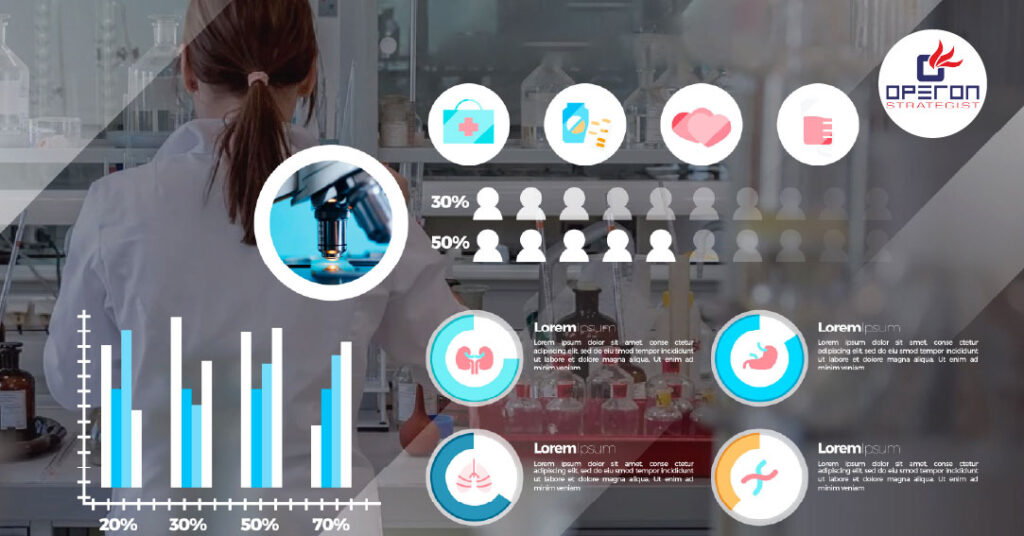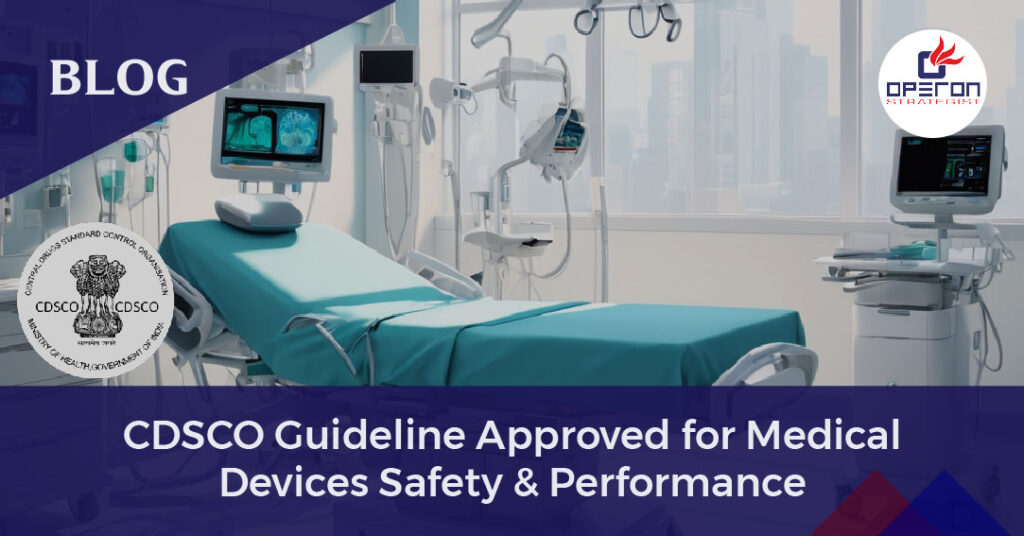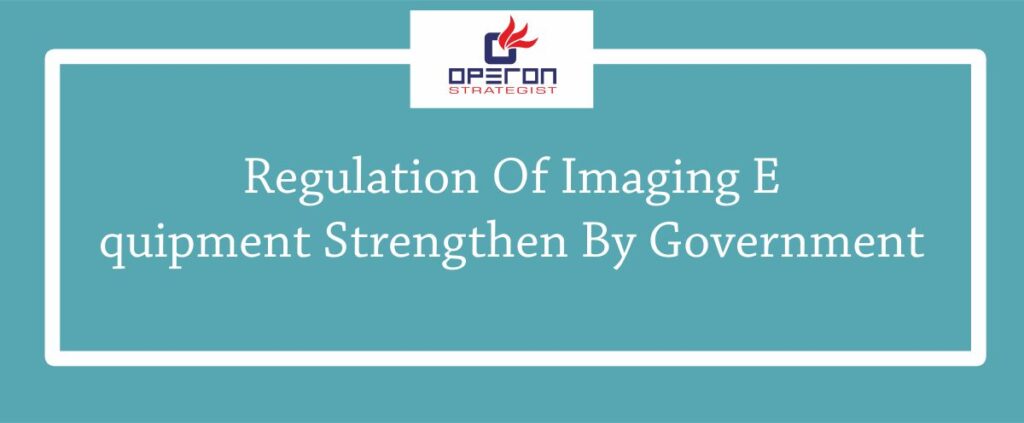Introduction:
In 2025, the success of your clinical trial hinges more than ever on how well your data is collected, managed, and validated. You can have a brilliant study design and a team of expert clinicians, but if your data is flawed or doesn’t meet regulatory expectations, your submission may never see approval.
The good news? Every common pitfall has a practical fix. In this post, we’re breaking down the 5 most frequent clinical data challenges we see in 2025—and how you can confidently sidestep them.
Looking For a Medical Device Regulatory Consultant?
1. Relying on General-Purpose Tools for Data Collection
Even now, many MedTech teams fall into the trap of using spreadsheets or Google Drive to manage clinical data. These tools are easy to start with but not built for compliance.
📌 Why it’s a problem:
They often fail to meet validation requirements under ISO 14155:2020. That means your data might not be reliable—or even usable—in regulatory submissions.
✅ Smart fix:
Invest in purpose-built, validated electronic data capture (EDC) software. Tools like Greenlight Guru Clinical come pre-validated, making compliance simpler and helping you avoid costly setbacks.
2. Using Manual Tools for Complex Studies
From bulky binders to outdated protocols—manual processes simply can’t keep up with modern clinical study demands.
📌 Why it’s risky:
As your study grows, it gets harder to manage protocol updates, keep forms current, or track progress in real-time. This leads to errors and delays.
✅ Smart fix:
Plan for complexity from the start. Use a flexible, cloud-based EDC system that lets you adapt to protocol changes and gives your team access to real-time insights, all while eliminating outdated paper processes.
3. Working in Closed Systems
Juggling multiple tools without integration? That’s a recipe for frustration and errors.
📌 Why it’s inefficient:
Manually transferring data between systems is not only time-consuming, it opens the door to inaccuracies.
✅ Smart fix:
Choose open systems with APIs that support data flow between EDC, CTMS, and other tools. This improves efficiency, reduces human error, and helps maintain data integrity throughout the study.
4. Overlooking the Clinical Workflow
Designing a protocol in a vacuum—without clinician input—can make implementation a nightmare.
📌 Why it matters:
If your data collection doesn’t fit seamlessly into the daily workflow of a site, it slows everything down and increases the chance of error.
✅ Smart fix:
Involve site staff early. Test protocols in real-world settings and adapt your data capture strategy to fit how clinical teams actually work.
5. Weak Data Access Controls and User Management
Who has access to your study data? If you’re not sure, that’s a red flag.
📌 What’s at stake:
Outdated access permissions are a major compliance risk. Regulators will want to see audit trails and clear user roles.
✅ Smart fix:
Establish SOPs for managing user roles and deactivating access. Use tools that track data changes and maintain full audit logs for transparency and accountability.
Bonus Tip: Start with the Right Setup
Before your study begins, make sure your data systems, tools, and protocols are aligned for success.
Consult Operon Strategist for Clinical Data Compliance.
Make Compliance Easier with Operon Strategist
Setting up a clinical study is complex, but your clinical data process doesn’t have to be. Operon Strategist helps MedTech companies streamline their clinical trials by providing end-to-end regulatory support, from QMS to EDC system selection along with CEP and CER preparation.
Looking to avoid costly delays in your clinical trial?
Connect with Operon Strategist today for expert guidance in clinical data compliance and regulatory planning.
📞 Get in touch for a consultation now!
- adminhttps://operonstrategist.com/author/admin-2/
- adminhttps://operonstrategist.com/author/admin-2/
- adminhttps://operonstrategist.com/author/admin-2/
- adminhttps://operonstrategist.com/author/admin-2/




